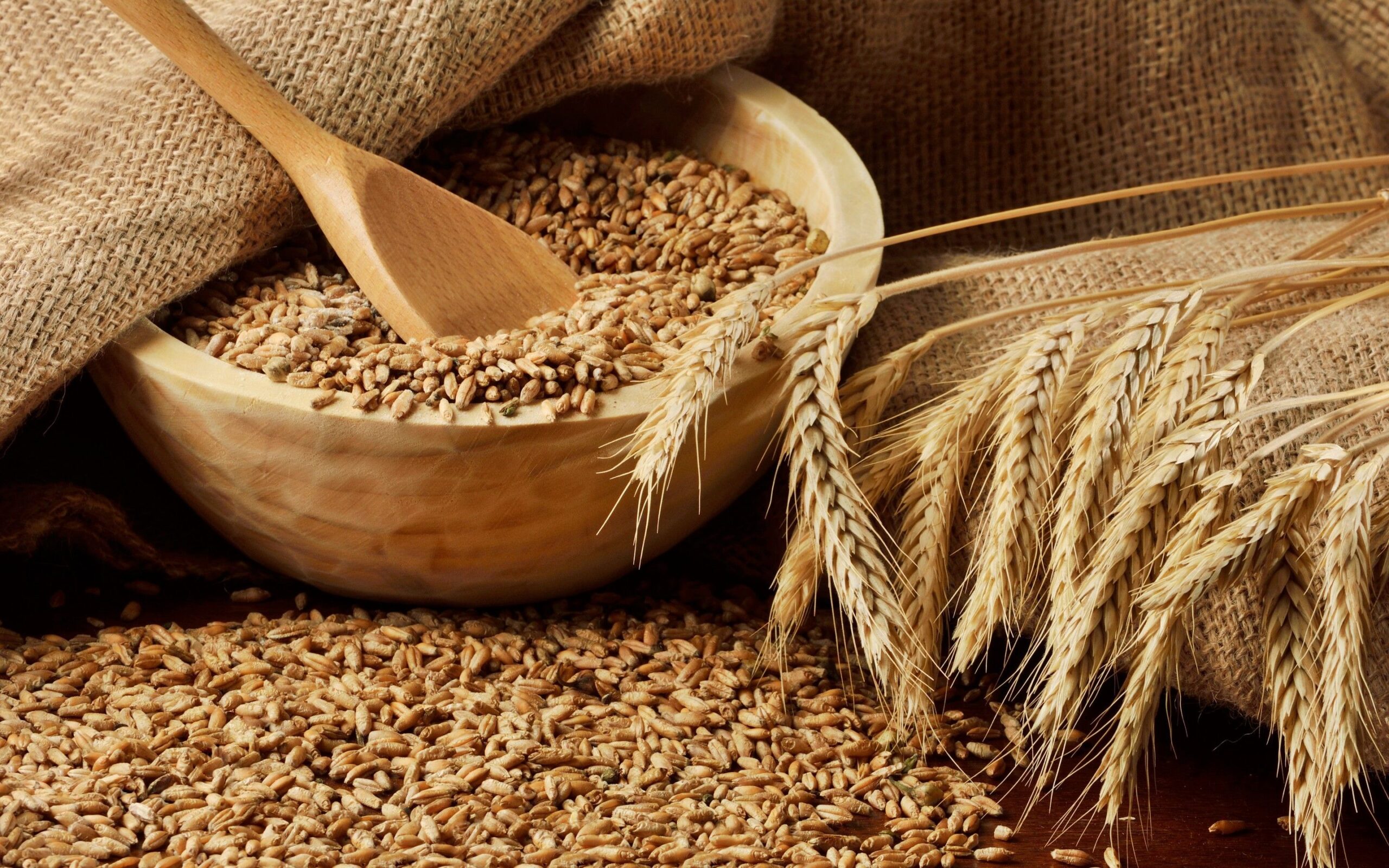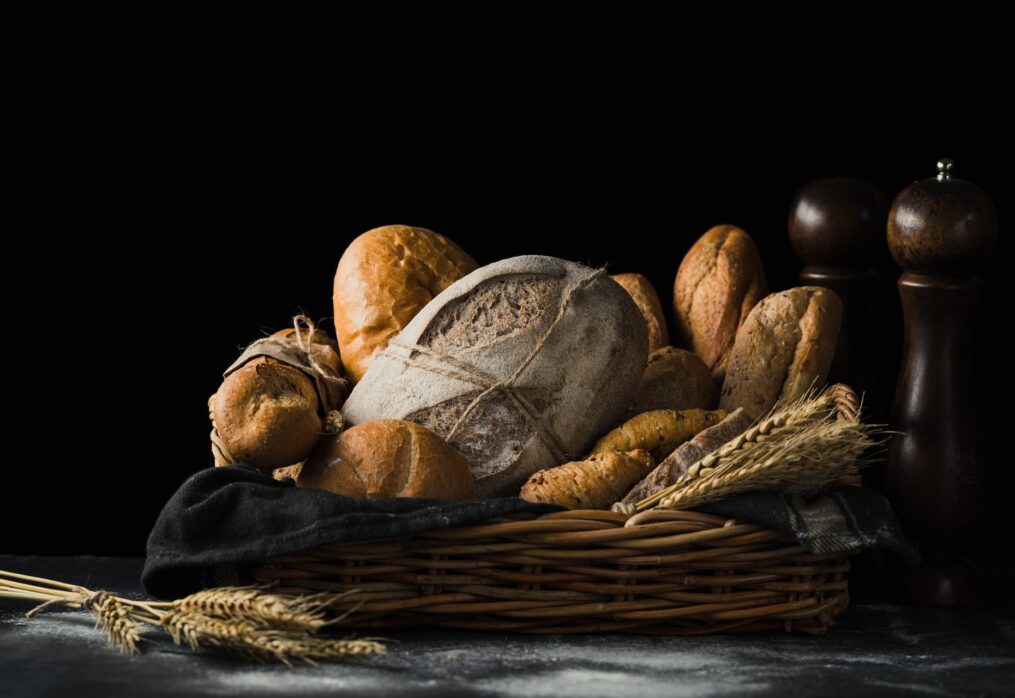World grain consumption: country ranking
World grain consumption grows: forecast
World grain consumption is increasing every year. According to the World Bank, about 1.8 billion people consume wheat and meslin, and 1.7 billion consume corn. There is a demand for cereals from 2.1 billion people.
The largest importers of wheat and meslin are as follows:
1. Sri Lanka. According to ITC TrademMap, the country cumulatively purchased more than 583 million tonnes of these crops in 2022;
2. China, with imports of almost 10 million tonnes;
3. Indonesia with 9.5 million tonnes;
4. Turkey bought nearly 9 million tonnes;
5. Italy imported around 7 million tonnes.
Corn consumption statistics for 2022:
1. Sri Lanka — 179 million tonnes;
2. China — 20.6 million tonnes;
3. Japan — 15 million tonnes;
4. Korea — 12 million tonnes;
5. Vietnam — 9.3 million tonnes.
 These grain shipment volumes in Sri Lanka last year were attributed to falling domestic yields. Adverse weather conditions have affected local production for several seasons, and the situation worsened in 2022. As a result, more than 6.3 million people faced food shortages, forcing the authorities to significantly increase purchases on the world market.
These grain shipment volumes in Sri Lanka last year were attributed to falling domestic yields. Adverse weather conditions have affected local production for several seasons, and the situation worsened in 2022. As a result, more than 6.3 million people faced food shortages, forcing the authorities to significantly increase purchases on the world market.
World grain consumption forecasts
In the 2023-2024 marketing year, the FAO expects world cereal consumption to reach 2,805 million tonnes, less than 1% higher than last season. Demand for wheat will increase (mainly due to its use in the feed industry).
Feed crop consumption will remain virtually unchanged from last season. At the same time, analysts note an increase in corn consumption.
Rice consumption will be at the level of 520 million tonnes, the same as last year. In this case, we should expect demand for the crop for food purposes. But demand for feed production will fall.
World grain production forecasts
The FAO expects the world cereal harvest to reach 2,819 million tonnes this season, up 1.1% from last year. This will be a record volume for the market, mainly due to an increase in wheat plantings. The harvest of this crop will reach more than 783 million tonnes, 18.4 million tonnes less than in 2022.
Within the European Union, cereal production will increase despite unfavourable weather conditions in the Iberian region.
